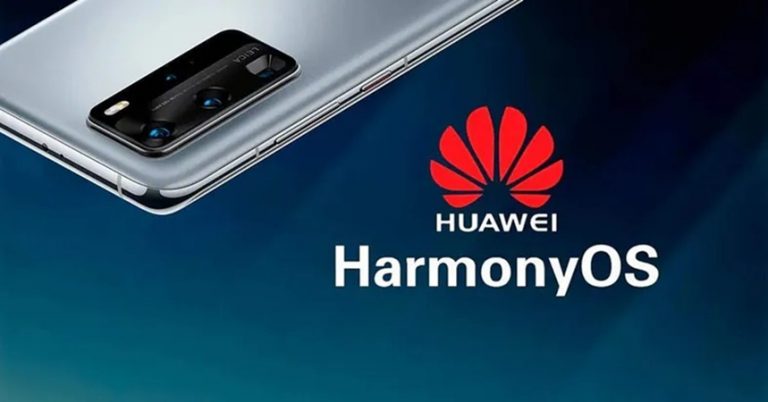
Huawei Technologies has introduced its first personal computer powered entirely by its own operating system, HarmonyOS, marking a major pivot away from Microsoft’s Windows ecosystem after the expiration of its PC license with the American software giant in March.
The new laptop, still unnamed as of Thursday, marks a milestone for the Shenzhen-based company, which has been gradually detaching itself from U.S. technology following sweeping sanctions. This device runs HarmonyOS 5, also referred to as HarmonyOS Next, the latest iteration of Huawei’s homegrown system, which until now has primarily powered smartphones, tablets, and other smart devices.
The laptop is set for official launch on May 19, according to Chinese media, and will be the first Huawei PC without Windows pre-installed. While Huawei has previously offered Windows and, in some cases, Linux-based alternatives, this device represents its full embrace of HarmonyOS for PCs.
Register for Tekedia Mini-MBA edition 19 (Feb 9 – May 2, 2026): big discounts for early bird.
Tekedia AI in Business Masterclass opens registrations.
Join Tekedia Capital Syndicate and co-invest in great global startups.
Register for Tekedia AI Lab: From Technical Design to Deployment (next edition begins Jan 24 2026).
AI Integration and App Ecosystem
Unveiled during a closed-door event in Huawei’s home city of Shenzhen, the new device is stacked with artificial intelligence features and ships with Huawei’s voice-based assistant, Celia. The assistant can reportedly automate routine productivity tasks such as creating presentations, summarizing meeting notes, and retrieving files—features that draw comparisons to emerging AI integrations seen in Western tech ecosystems.
Huawei executive Zhu Dongdong, president of the company’s tablet and PC business, described the device as the dawn of a new era for Huawei’s terminal hardware lineup, declaring that the company had “fully entered the era of HarmonyOS.”
The HarmonyOS version on this laptop supports a mix of traditional desktop and mobile applications. According to local tech publication ITHome, the system includes essential productivity apps such as WPS Office (China’s homegrown alternative to Microsoft Office) and DingTalk, an enterprise collaboration tool developed by Alibaba. The device also supports popular mobile applications like RedNote, Bilibili, and ByteDance’s Feishu, reflecting an effort to blur the line between smartphone and PC ecosystems.
By the end of 2025, Huawei expects the laptop to be compatible with over 2,000 apps, according to Nanfang Daily, a state-backed newspaper.
A Merged User Interface
HarmonyOS on PCs blends design elements from both smartphones and traditional desktops. The laptop’s interface includes a shortcut dock resembling Apple’s macOS and arranges software icons in customizable cards and folders, drawing from mobile UX conventions.
This hybrid approach may appeal to Chinese consumers increasingly accustomed to smartphone-based workflows and signals Huawei’s push toward an integrated device ecosystem, where smartphones, tablets, wearables, and PCs operate under a unified platform, free of Google or Microsoft dependencies.
Geopolitical Undercurrents
Huawei has been developing HarmonyOS since 2015, accelerating its rollout after Washington placed the company on the U.S. Entity List in 2019, cutting off access to critical American technologies. As part of broader efforts to ensure technological self-sufficiency, HarmonyOS has emerged as a symbol of China’s push to reduce dependence on foreign software.
In smartphones, Huawei has already made substantial gains. HarmonyOS accounted for 19% of the Chinese smartphone market in the fourth quarter of 2024, according to Counterpoint Research, surpassing Apple’s iOS, which held 17%. It was the fourth consecutive quarter that HarmonyOS edged out iOS, though Android remained dominant at 64%.
The successful expansion of HarmonyOS to the PC space would further solidify Huawei’s transition into a self-reliant tech player and may eventually inspire other Chinese OEMs to adopt the system, particularly as geopolitical tensions continue to drive tech decoupling between China and the West.
The HarmonyOS laptop is likely to serve as a litmus test for both the operating system’s maturity and the company’s ability to sustain a full-fledged PC ecosystem independent of U.S. technology. While HarmonyOS has seen rapid growth in the mobile space, PCs demand deeper software compatibility, robust developer support, and a broader ecosystem of peripherals—areas where Huawei still faces significant hurdles.
However, analysts believe that by positioning its new laptop as a multi-device AI-powered productivity machine, Huawei is not just offering an alternative—it is attempting to redefine the Chinese PC experience on its own terms.



